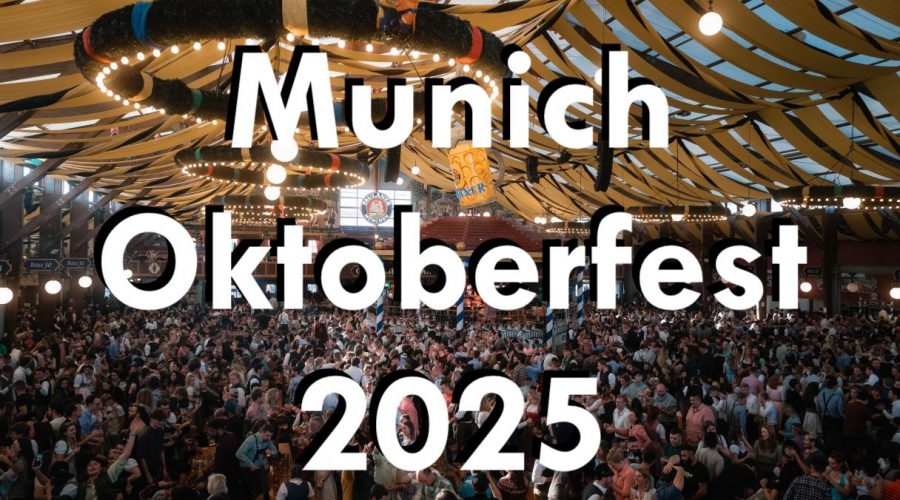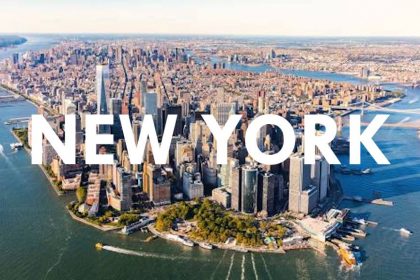
Browse by Continent
20 Best Hostels
Top 18 Most Popular Cities
-
Rome
21 hostels
-
Krakow
66 hostels
-
Berlin
21 hostels
-
Sydney
35 hostels
-
Bangkok
33 hostels
-
Belgrade
20 hostels
-
Paris
13 hostels
-
Budapest
21 hostels
-
Kyoto
15 hostels
-
Barcelona
30 hostels
-
Chiang Mai
34 hostels
-
Prague
13 hostels
-
Tokyo
10 hostels
-
Buenos Aires
18 hostels
-
Riga
21 hostels
-
Hanoi
19 hostels
-
Auckland
26 hostels
-
Moscow
10 hostels






















